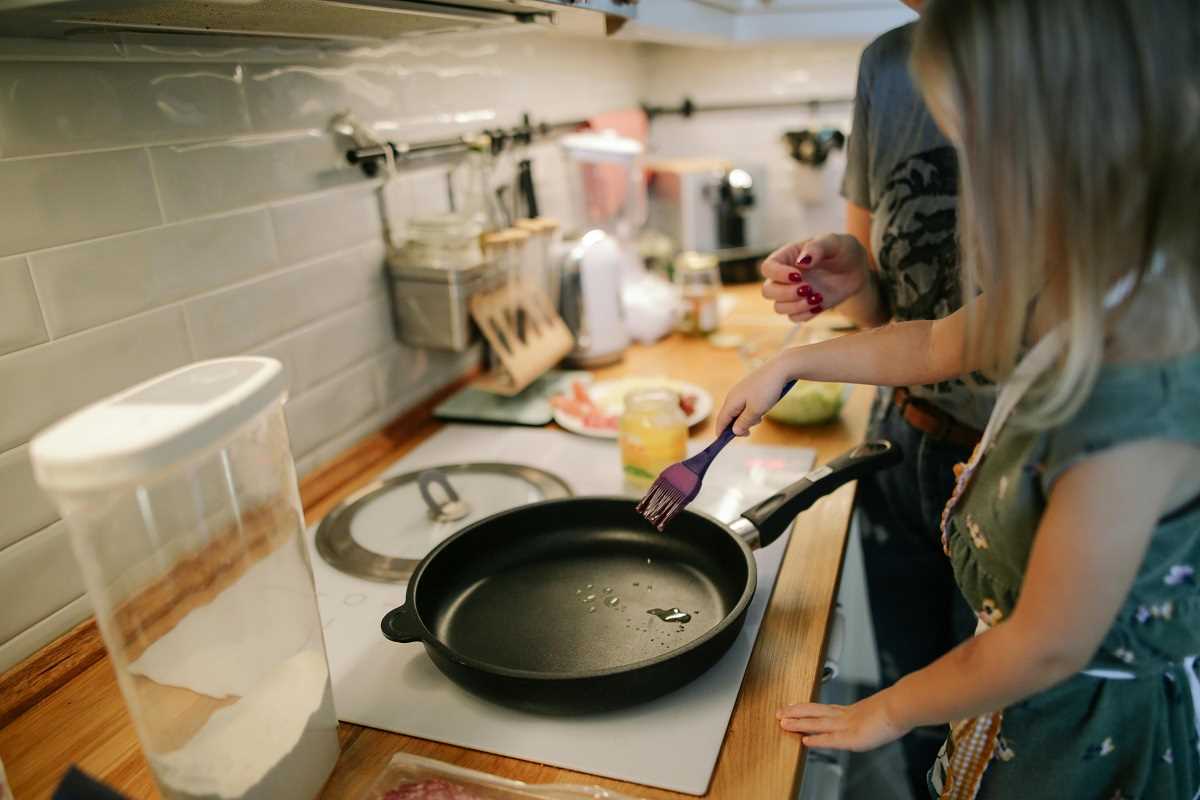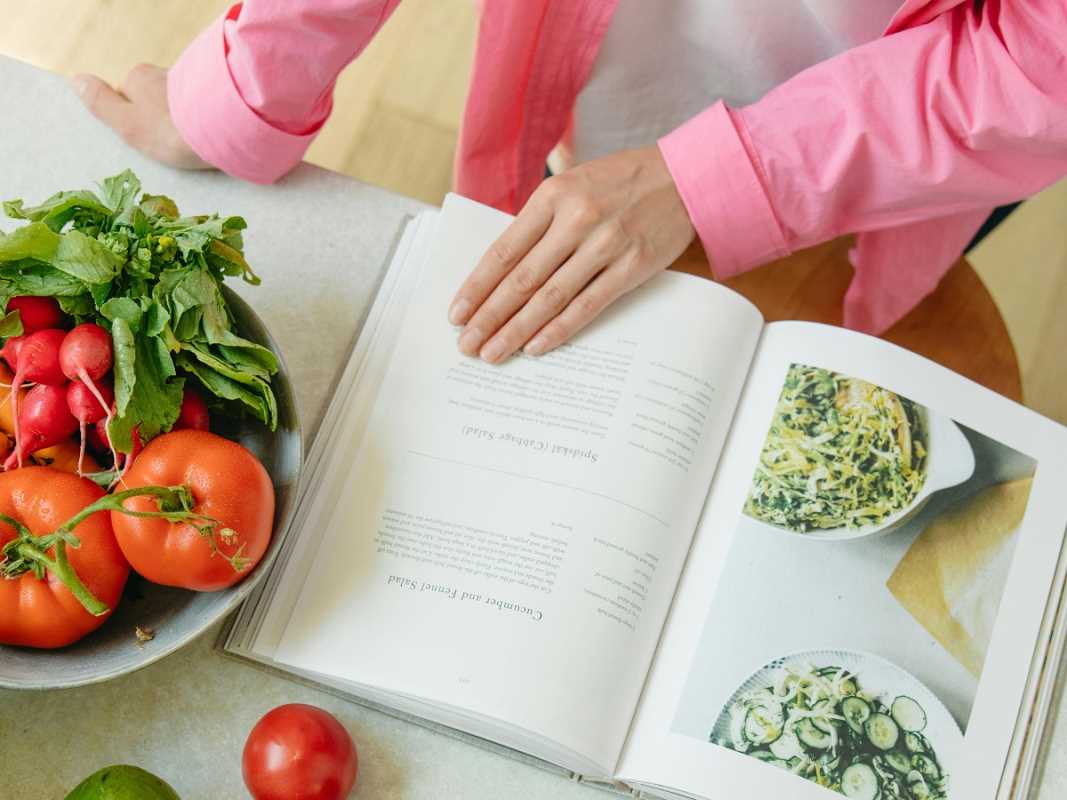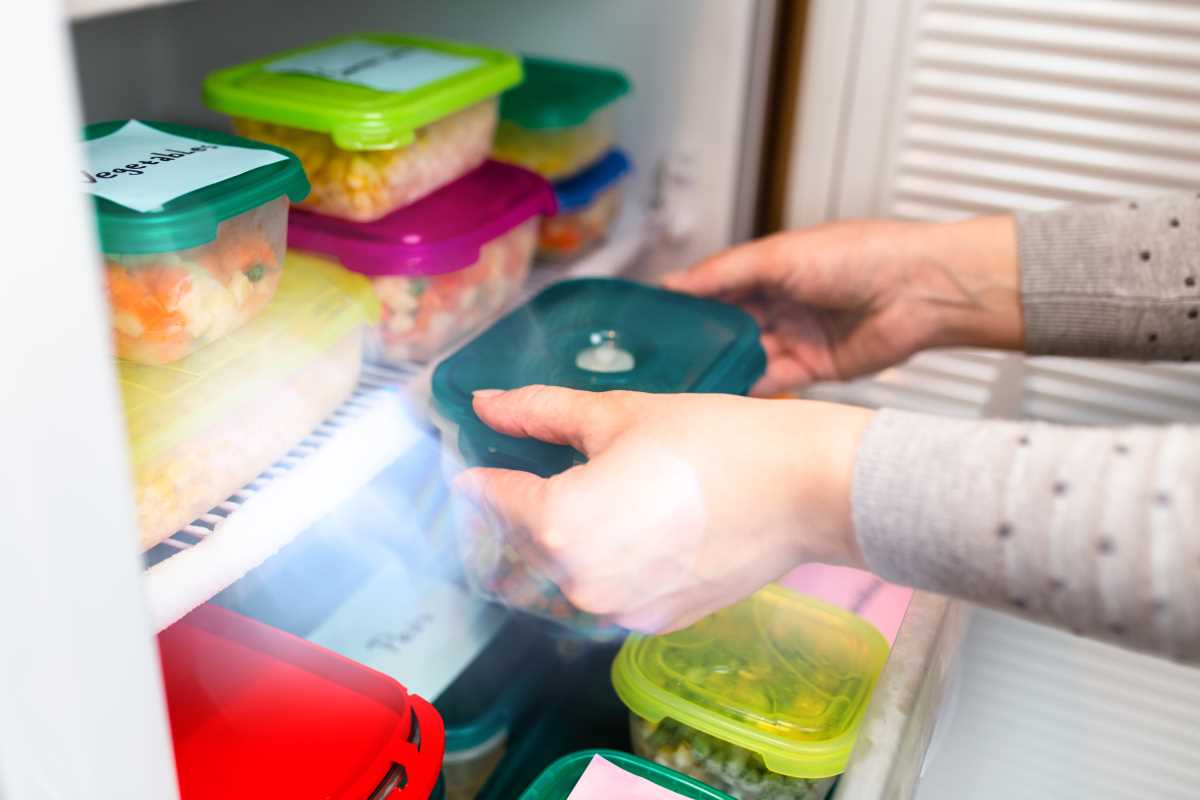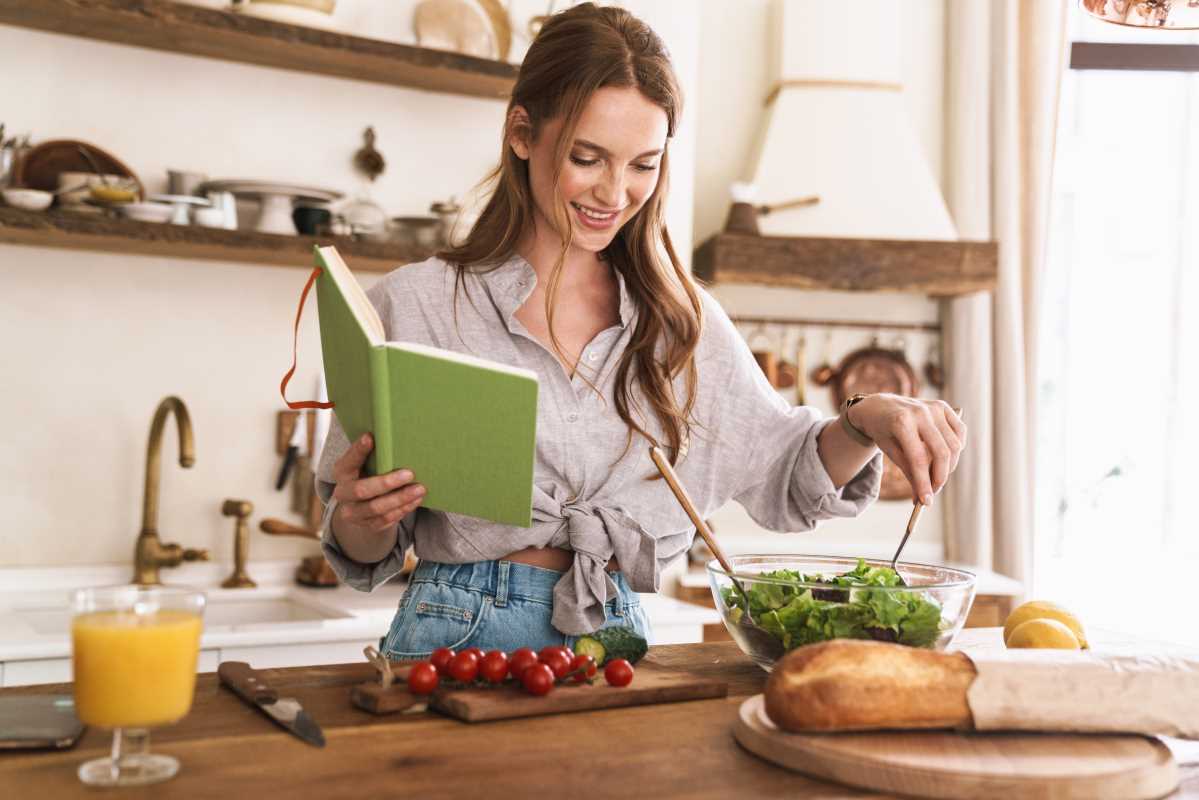Every meal you prepare offers an opportunity to discover how subtle shifts in flavor or texture can spark delight at the table. Curiosity leads you to try new combinations, whether a touch of spice or a crisp ingredient, and these experiments often reveal what makes each dish memorable. As you follow this guide, you’ll uncover practical tips and lesser-known methods that help you navigate aromas and textures with greater ease. You’ll gain a deeper understanding of how to shape each meal so it suits every taste, allowing you to cook with growing confidence and creativity in your own kitchen.
Understanding Taste and Touch Sensitivity
Many family meals fall into routines of mashed potatoes or plain pasta because someone at the table craves predictability. Yet beyond the familiar bites, the world of flavor and texture opens secret doorways to joyful engagement. By leaning into sensory discoveries instead of avoiding them, you help turn hesitation into curiosity.
Imagine transforming a simple vegetable from an off-putting mush into a crisp ribbon that delights the fingertips before it touches the tongue. By seeing each ingredient as a bridge rather than a barrier, you unlock fresh ways to celebrate food’s full spectrum of shapes, sounds, and sensations.
Unseen Mealtime Interactions
Every bite carries a story of touch, temperature, and tone. When someone peers at a bowl of stew and recoils at its glossy surface, they respond to a signal you can modify. Learning to tune into these cues provides a roadmap for introducing new dishes with careful timing.
The true magic appears when you balance visual appeal with crunchy surprises or silky finishes that reflect your guest’s unique thresholds. Observing subtle signs—a finger hovering over a spoon or a soft exhale before tasting—gives you the insights to adapt each recipe in real time and make mealtime exciting.
Guided Kitchen Techniques
1. Layered Chopping
Purpose/Benefit: Breaks down overwhelming textures into predictable bits that build comfort.
Step-by-Step Usage:
- Choose a vegetable like carrot or zucchini.
- Slice into thin ribbons using a peeler.
- Stack ribbons and chop into uniform pieces before tossing into a skillet.
Cost/Availability: Basic vegetable peeler – under $5.
Insider Tip: Store peeled ribbons in cold water for 15 minutes to enhance snap before cooking.
2. Controlled Steam Blanching
Purpose/Benefit: Softens fibers for consistent bite without mushiness.
Step-by-Step Usage:
- Bring a pot of water to a gentle boil.
- Place chopped vegetables into a steamer basket.
- Cover and steam in 2-minute intervals, testing until barely tender.
Cost/Availability: Steam baskets start at ~$10 and fit most pots.
Insider Tip: Plunge veggies into ice water after steaming to lock in color and keep them separate.
3. Flavor-Packed Broth Reduction
Purpose/Benefit: Concentrates taste to balance out unpleasant textures.
Step-by-Step Usage:
- Simmer low-sodium broth until it reduces by half.
- Whisk in a mild purée like butternut squash.
- Strain if necessary for a smooth texture.
Cost/Availability: Homemade from scraps or ~$2 per store-bought carton.
Insider Tip: Add cold-pressed oil or dairy-free yogurt just before serving for gentle richness.
4. Gentle Roasting Approach
Purpose/Benefit: Enhances sweetness and firms up edges for crispy, bite-sized pieces.
Step-by-Step Usage:
- Preheat oven to 375°F (190°C).
- Toss cut veggies in 1 tsp oil and a pinch of salt.
- Roast in a single layer for 10 minutes, flip, then roast another 5.
Cost/Availability: Roasting pans cost under $15.
Insider Tip: Use parchment paper and gently shake the tray halfway through for even crisping.
5. Layered Flavor Infusion
Purpose/Benefit: Adds depth in stages, masking discomfort and sparking curiosity.
Step-by-Step Usage:
- Warm neutral oil in a small saucepan.
- Add finely minced aromatics (e.g., garlic, ginger).
- Stir in sparkling water or light broth, then whisk into grains or purées.
Cost/Availability: Sparkling water costs < $1/liter.
Insider Tip: Let the infusion cool slightly before pouring over foods to preserve texture contrast.
Creating a Calm, Engaging Space
Transform dinner into a sensory experience with soft lighting, calming sounds, and playful touches like shaped veggies or edible paint. Invite everyone to share a favorite flavor or texture to spark connection and curiosity. These small details turn everyday meals into joyful, memorable moments.
 (Image via
(Image via





